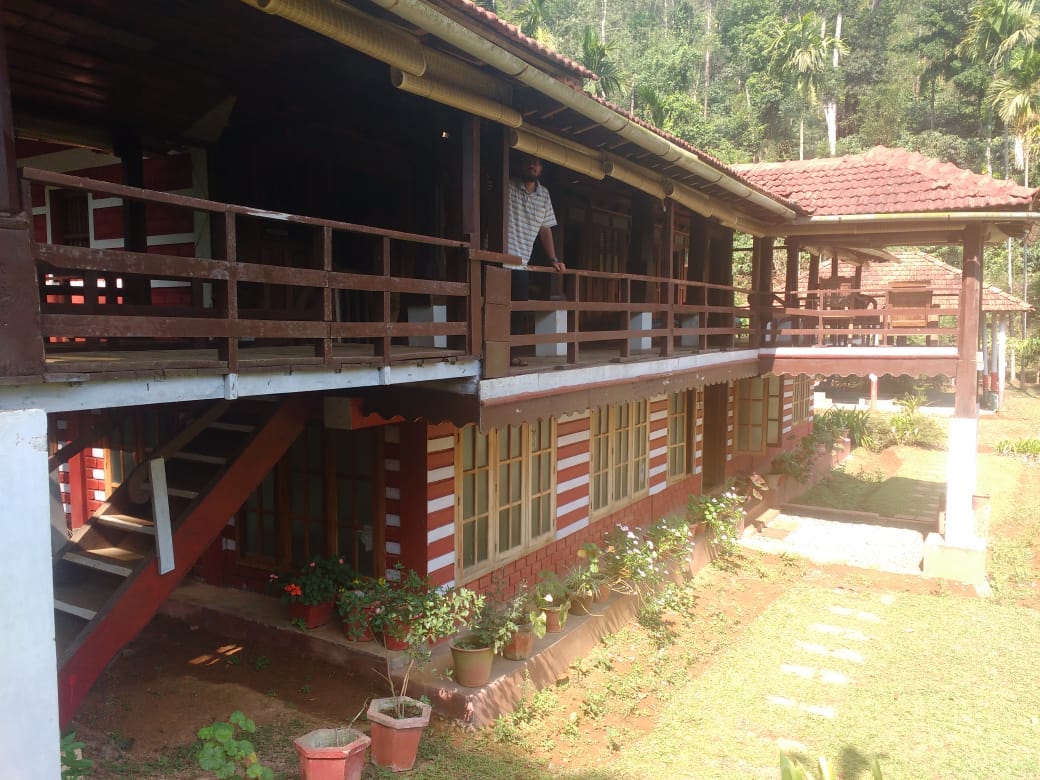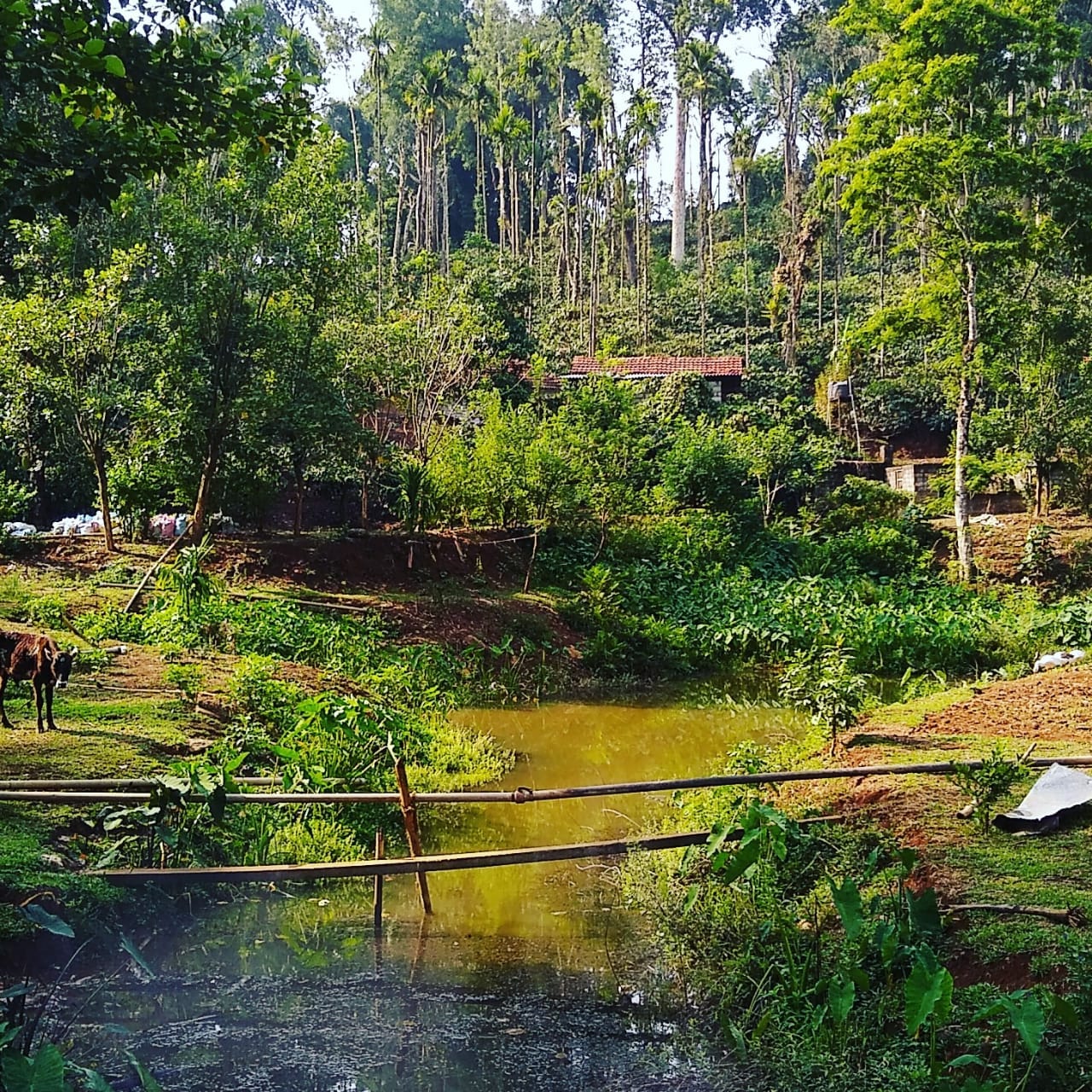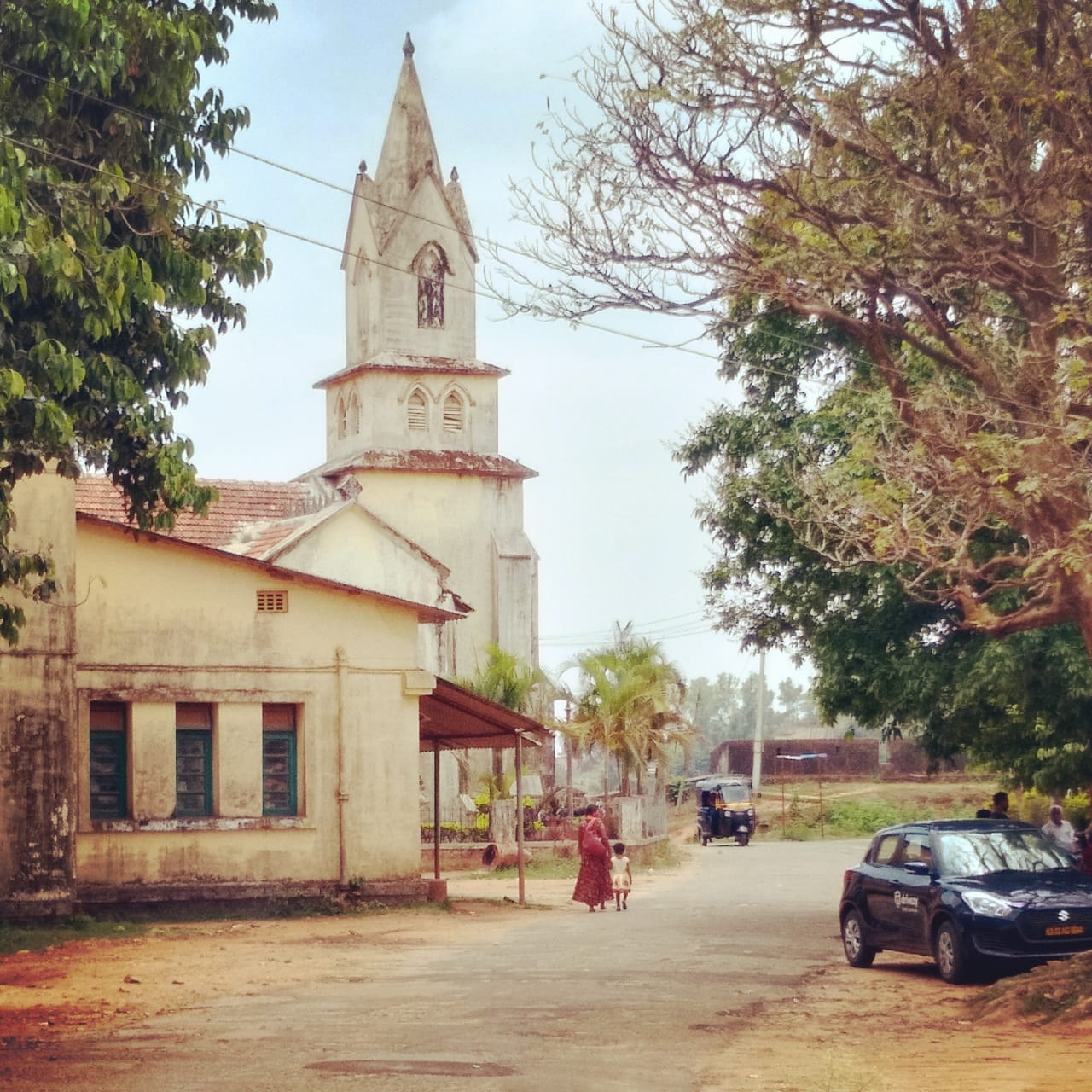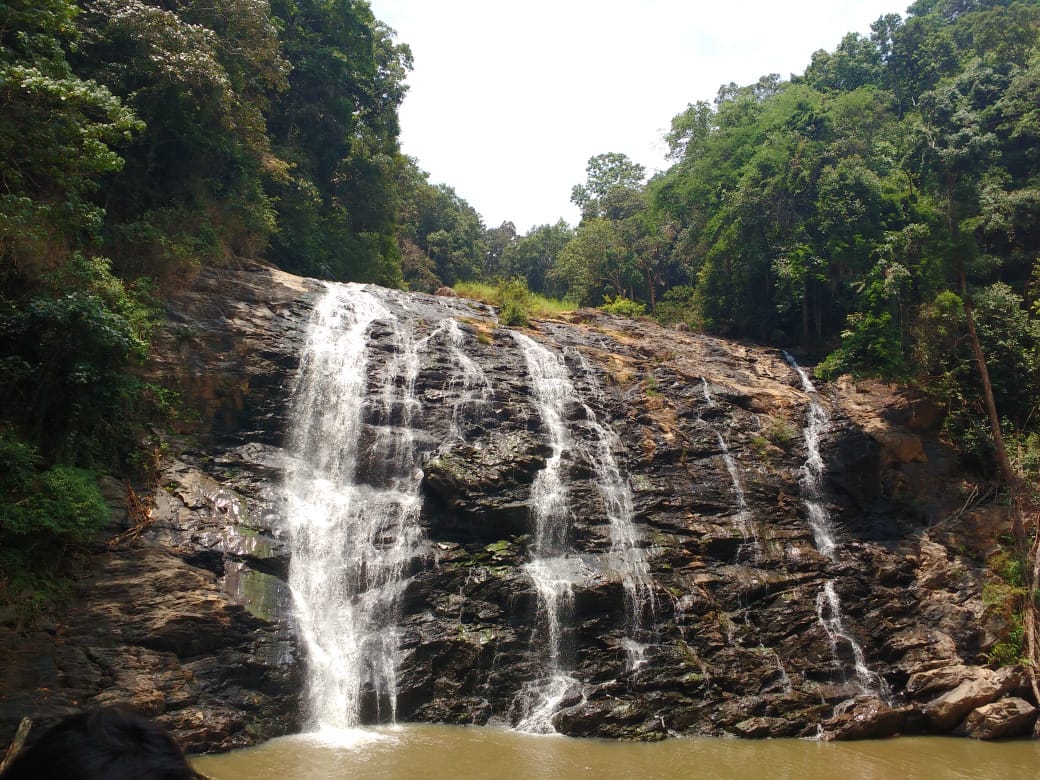Coorg — Coffee, Homestays and much more
***********************************************************************************
Disclaimer: This blog shares personal travel experiences and tips for general informational use. Travel conditions, prices, and regulations may change, and I do not guarantee the accuracy or timeliness of all content. I am not responsible for any issues, losses, or inconveniences arising from reliance on this information.
***********************************************************************************
Coorg — Coffee, Homestays and much more

Among the hill stations of India, Coorg has a special significance, Army Generals — Kariappa, Thimaiaha. Air Marshal K C Nanda as well as Defense Minister V.K. Krishna Menon are among the well known natives of Coorg (or Kodagu as the natives would call it). I was in Mysore, last in 2012 for my training in Infosys and missed visiting Coorg before I moved to Chennai. This time around, with due diligence, to cater to my parents holiday request we planned a short three day trip.
Coorg is famous for its home-stays (which is a way to commercialize your private house on a beautiful estate of coffee plants). It gives an opportunity to a city dweller like me to enjoy nature while staying in its midst, clean environment, fresh air and homely food all at a single place. I belong from konkan in Maharashtra and hence I am well aware of all these benefits, hence, if I get an opportunity to stay in a cottage, I always prefer that over a resort. We booked our arrangements from https://www.coorghomestays.com/, which seemed to me as an association of estate owners registering there properties for the general public to use.
Wild woods cottage is owned by Mr. Mukul Apaiaha, a 2nd generation plantation owner, and his estate spans a humbling 40 acres. Like the Thimaiaha’s and Kariappa’s of Coorg, Mr Apaiaha also has a proud military history associated with his estate. His father was in the Indian Army and invested in the estates early on. There were 2 cottages on the property both fifty plus years old, and had the traditional monsoon house style of architecture. My father explained to me the terms, Khidki and Phadki which a Darwaja is divided, the more common among them being khidki (window) while phadki meant the lower section of a door. The wood would have the best variety available locally, his dining table chairs were super heavy which made the quality evident. There was a small Porch with a central table and chairs on the upper floor, much like an observation deck for residents like us. His cottage is managed by Shantu (called with a Bengali pronunciation), and Gopal. On the night we reached the cottage, shantu guided us from the Kemalekad Estate gates to there abode. He has been given a jeep to pick-up and drop tourists and for other purposes. We had a good dinner, simple food, and Rasgulla for desert. We were already getting a feel of the weather change from Bangalore to Coorg, also it had rained so it was quite cool. We good see Fire Flies in the dark of the jungle around.

That day in the morning, we had taken the Srirangapatna route from Bangalore. On the way, we visited, Sri Ranganath Swamy Temple, and few places connected with Tipu Sultan, like the Daulat Baug on the banks of Cauvery. Been completed my quota of Temples (which I have also posted in COLORS of SOUTHERN INDIA.)
I was more inclined towards the historic gardens of Tipu Sultan. I was reminiscing about my visit to Kashmir during my childhood where I had visited Shalimar and Nishad baug near the Dal Lake. But that architecture can be witnessed at the Vrindavan Gardens in Mysore. Here its more of a lawn and a garden, rather than the water fountains. Tipu sultans summer cottage is well maintained and since it was a working day, we could patiently view all the exhibits. There were huge murals depicting the Anglo-Mysore wars, and paintings by British painters depicting the times then, and forts built around Mysore. ( I have made a point to trace down all the forts built by Tipu Sultan in subsequent days).

We visited the Namdroling Monastery the largest teaching center of the Nyingma lineage of Tibetan Buddhism in the world. The entire town of Bylakuppe is established to refuge the many thousands of Tibetan monks and lamas who fled during the Chinese aggression. The monastery has multiple temples with huge statues of Gautama Buddha, and vivid colorful murals depicting his life at lumbini, where he was born, Bodhi tree where he attained enlightenment and further years of his life. Earlier I used to believe that Tibet had a single spiritual leadership, under the Dalai Lama, Tenzing Gyatso, the famous monk who we granted refuge at Dharmashala in Uttarakhand. Turns out there are four sects within Tibetan Buddhism. Nyingma sect or school being the oldest among it. The other three are Kagyu, Sakya and Gelug. In contrast to the other three main Tibetan schools, the Nyingma tradition has never been the dominant political power in Tibet. The Dalai Lamabelongs to the Gelug school and has been politically, more stronger in terms of its followers.

On the way, is a small catchment dam over Cauvery, Balmuri Falls. It’s a good weekend getaway stop for groups to enjoy a free water park experience. The next day was leisure time for us at the cottage, I explored the area around. Plenty of ponds and domesticated animals, ducks, cows, dogs. There is an internal trail around the entire forty acre estate and shantu promised to show us around on the third day before we checked out. We had breakfast and set out for remaining site seeing. We could witness the beauty of Coorg in daylight which we missed while arriving due to rains and by the time we reached it was already dark. Surrounded by coffee plantations and paddy fields, my father explained the resemblance to Tea plantations in Assam. Atop the hill will be the plantations and downhill paddy fields which helps in proper water management. We visited abbey falls, which seemed to be a perennial waterfall, but it would be definitely great to visit it post monsoon when it would be flowing at full capacity. Raja seat and Madikeri Fort were near Madikeri Town. The fort is now a converted court and government office but still has some essence of the British occupancy. Thalakaveri is a religious site where the Kaveri river originates. My parents especially liked the temple and kund, from where the river water flows downhill. We purchased spices from the local society shop and some ginger wine, Coorg also specializes in homemade wines, from ginger, gooseberry, pomegranate, beetle leaf and paddy. We had tea back at the cottage and relaxed listening to jungle sounds, birds calling and insects screeching.

Coorg, the “Land of generals” hasn’t had a peaceful history pre-independence. Before the British, the kodavas (natives of kodagu) had to fight back Tipu sultan. In a bid to overthrow Tipu sultan the Kodavas sided by the British which allowed them to access certain privileges till date (more about that can be read here:https://www.outlookindia.com/magazine/story/coorg- diary/298952
It is my reasoning, that Coorg enjoyed a special status in the Armed forces, as well as before, during the British rule, in spite of having a small area and weaker in resources as compared to the neighboring states like the Madras, Bombay, Travancore and Mysore presidencies. In recent times the number of candidates for the armed forces has reduced.
The next morning, as promised, shantu took us for a hike around the estate. There was plenty more to see apart from the area around the cottage. He indicated to us the path of elephants passing the estate when in dire need for water. The elephants need to be driven off by making drum sounds. The trail went up hill and all I could see were coffee plants. This was my first experience of a plantation, my virtual experience was with Django and the Doctor in Quentin Tarantino’s movie. Shantu explained the different coffee varieties Arabica and Robusta. He shoowed us how the coffee plant is bent down after a certain height so it does not grow upwards but expands horizontally. This helps in better yield as well as easy plucking of the coffee beans. He also provided some manure rich organic compost as a complimentary gift while returning.
There were still places we didn’t touch like the dubare elephant camp, and intentionally wanted to make the trip less hectic. Would mark these places for a much impending visit soon. Till then cheers on the Ginger wine…
Comments
Post a Comment